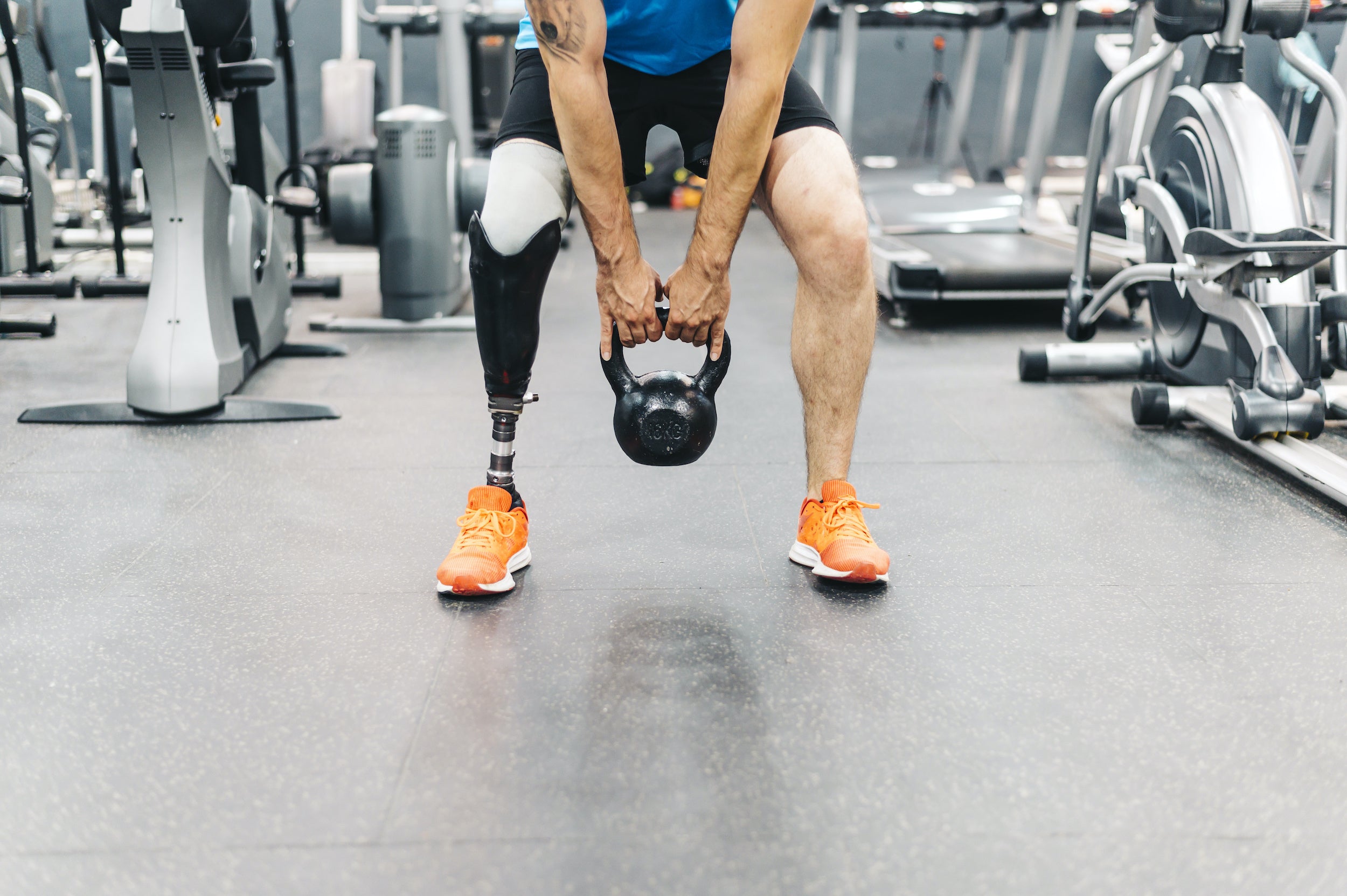
You are out for an afternoon run to take some time for yourself. The sun is still out, the weather is perfect, and you feel invigorated. You’re in the zone until you notice you’ve got an ache at the front of your knee. You sit down to rest and as soon as you stand up, you immediately feel the knee pain again. A few days go by, and that knee pain after running persists even as you walk or just sit for too long.
If this sounds familiar, chances are you’re experiencing patellofemoral pain syndrome, commonly known as runner's knee. Before panicking, it is important to understand what runner's knee is, how to recognize it and ways to treat it before you start running again.
Recognizing Runner's Knee

According to John Hopkins Medicine, runner's knee means you have dull pain around the front of the knee (patella). This is where the knee connects with the lower end of the thigh bone (femur). Several factors cause runner's knee, including a structural defect, poor running form, a tight Achilles tendon, excessive training, poor foot support or tight hamstrings.
How will you know if knee pain after running is truly runner’s knee? Amanda Benaim, a Toronto-based physical therapist, shared via Instagram (find her at @amandaphysio) some sure signs of runner’s knee:
- Achy feeling around or under the kneecap
- Pain going down the stairs or sitting for a long time
- Pain that worsens with activity, like running, walking, or jumping, and may linger
Benaim adds, "Getting back to running is all about stabilizing the patella through strengthening, correcting muscles imbalances, and load management!"
The good news is there are runner's knee stretches, exercises, and treatments to help you recover and get back on your feet. However, if the pain is unbearable, it is best to visit your healthcare provider to give you a proper diagnosis.
Rest Up When Experiencing Knee Pain After Running

Dealing with runner’s knee is no fun, but don’t forget to give yourself a pat on the back for getting out of the house and setting foot on the pavement. Your first steps for recovery after a tough run are to rehydrate, refuel and rest. However, if you feel pain during your run and you think it might be runner's knee, it is best to stop immediately. Once you get home, you can treat runner’s knee and knee pain after running with a formula known as RICE:
- Rest. Avoid putting weight on the painful knee.
- Ice. Apply cold packs or ice wrapped in a towel for a short period, several times a day, to your knee.
- Compression. Use an elastic bandage – such as a simple knee sleeve with the kneecap cut out – that fits snugly without causing pain.
- Elevation. Keep the knee raised up higher than your heart.
Doing this simple home remedy and taking anti-inflammatory medicines such as aspirin and ibuprofen will help relieve knee pain after running. So kick back, watch TV, drink some water and relax.
Strengthen Your Core, Hips and Quads to Ward Off Runner’s Knee

While rest is important, it does not mean you should lie on the couch for days waiting until runner’s knee pain goes away. Instead, you can supplement your routine with low-impact exercises to keep working on your physical conditioning before you start running again.
Before you dive into strengthening and stretching, try to determine the root cause of your knee pain after running so you can focus your energy on correcting it. For many people who experience runner's knee, there may be weakness or tightness in the hips, quads, lower back and abdominal muscles, putting strain on your knees during high-impact exercises like running. Focus on stabilizing and strengthening those areas to prevent runner’s knee the next time you hit the pavement or treadmill.
The team behind the popular Instagram account @therunnersfix says doing mobility, stability, and strength exercises can ease tightness in the hips and core, which can help treat – and avoid – runner's knee. Check out their demonstrations of moves like the hip flexor lunge stretch, banded monster walks and lunge pulses.
Conquer Runner’s Knee Through Training

Icing and resting will temporarily relieve runner’s knee and knee pain after running, but eventually you need to get back out there if you wish to pursue running as a form of exercise. "When you are dealing with any kind of pain or injury, due to overuse or improper form, it is important to work through your pain instead of waiting for it to go away," wrote Meg Takacs, a New York-based runner and coach, on Instagram (follow her at @meg_takacs). She showed seven physiotherapy movements, like the elevated pistol squat, to help expedite recovery, strengthen your muscles and improve your form.
In fact, a recent post on the website Podium Runner also indicated that a way to treat a runner's knee is to do as much running as you can within an acceptable pain range. The practice of what’s known as graded exposure entails doing no more and no less running than your body can handle, as signaled by pain. As you continue training, you increase the tissue durability your body needs to handle the intensity – and so, runner’s knee pain subsides as running improves.
Consider adding a tool to your arsenal to assist with alleviating pain as your training ramps up. Like many professional and amateur athletes alike, you may benefit from using electrical stimulation to ease pain. Using innovative pain-blocking technology, BioWaveGO is a handheld device designed to deliver therapeutic electric signals into deep tissue to block pain at the source. Try yours now risk-free for 30 days.



Share:
6 Simple Ways to Find Relief for Lower Back Pain
How Athletes Use Electrotherapy For Pain Management